Asahi Kasei CVC Office in Menlo Park, CA
Asahi Kasei, a diversified maker of many technologies that are used in products all around us, is home to a specialized division that is aggressively investing in startups. The objective of this investment division is more focused on strategic value than financial return. The new business opportunities gained through startup partners is the defining point of the organization’s strategic value.
However, there is a lot more than meets the eye when investing in and building mutually beneficial relationships with startups. One of the most difficult challenges is a cultural difference between innovative startups and traditional conglomerates like Asahi Kasei.
For a conglomerate, overcoming this cultural gap is essential in actualizing the strategic value of the relationship. They must learn to bridge new ideas with their corporate traditions.
For a startup, this cultural gap poses a new layer of obstacles to overcome in the pursuit of innovation. They must be open to a new way of doing things.
Therefore, both companies must have this cultural gap in the forefront of their unification. A conglomerate must consider how it can be more flexible with its traditions to accommodate the innovation of a startup. Meanwhile, a startup must consider how it can utilize the tradition of this new partner to foster its innovation.
This is the situation that Asahi Kasei Corporate Venture Capital (AKCVC) must navigate in the modern world of startup investment. With a portfolio that includes direct investments to 25 companies across the new materials, mobility, healthcare, IoT, sustainability and housing sectors, Asahi Kasei is a growing player in the venture capital world. Expenditures in these realms reflect that growth – the three-year budget was raised from $50 million to $75 million in 2019.
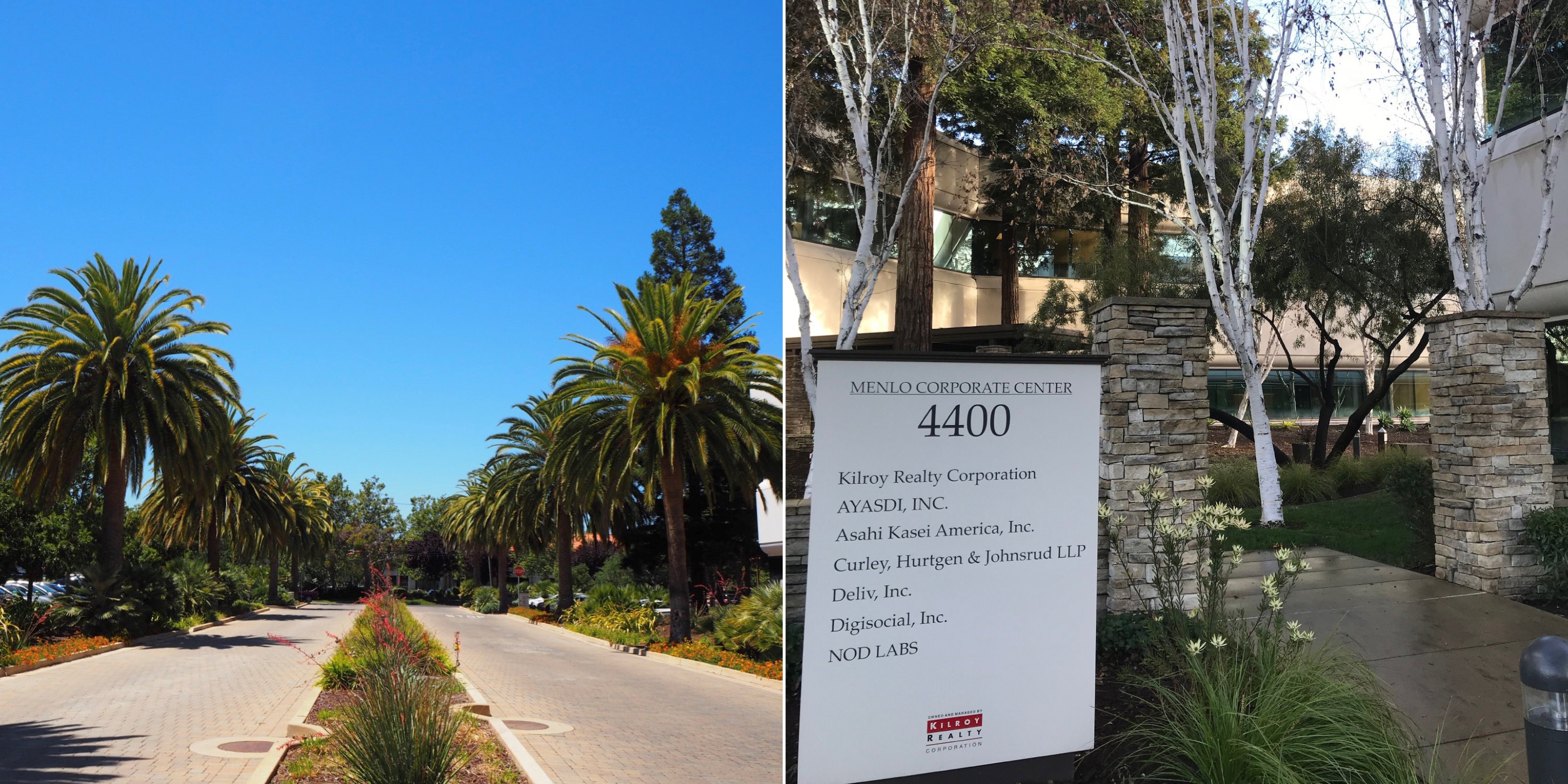
Asahi Kasei Corporate Venture Capital was established in 2008 and is focused on investing in innovative startups in areas of strategic importance to Asahi Kasei with the primary mission of creating new business opportunities. The team has bases in both Menlo Park, CA and the greater Boston area, MA.
AKCVC’s physical footprint is expanding as well. Asahi Kasei’s venture capital efforts started in 2008 in Japan by Dr. Takashi Morishita, and he has been the lead of these initiatives ever since. In 2011, the first U.S. office was opened, and a German office followed in 2019. Their CVC team now includes 11 employees who came to Asahi Kasei from a variety of industries, including the startup world, venture capital and more. The group is led by Dr. Takashi Morishita, who brings his experience as an engineer into creating solutions that work for the CVC and prospective clients. “Many startups are concerned about CVC trends due to the complexity of our current economic situation,” said Dr. Morishita. “However, AKCVC views this economic crisis as an opportunity, and we do not plan to defer our investments in new ventures. We are continuing to support our existing portfolio companies proactively, as well as constantly searching for new investment opportunities.”
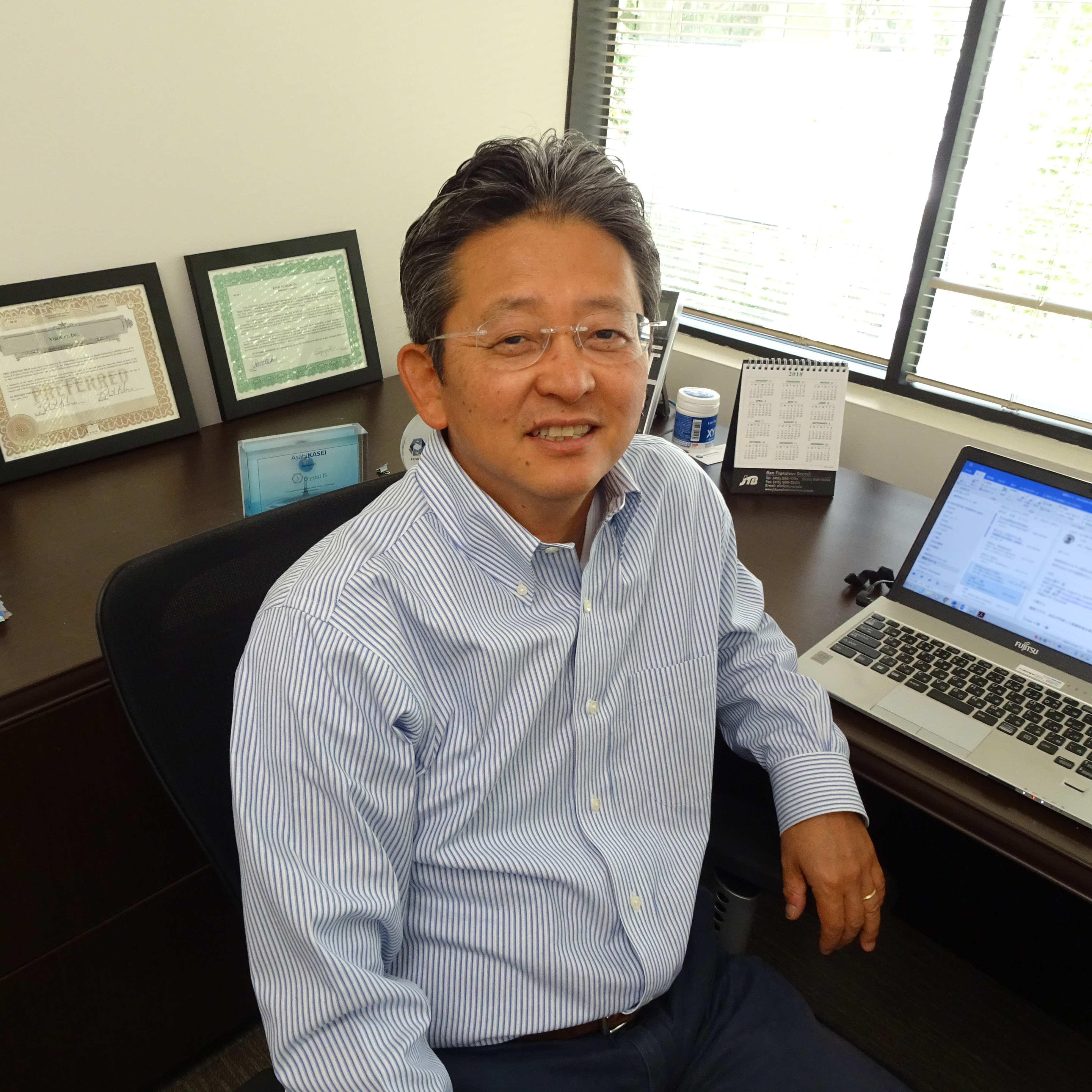
Dr. Steven Berger, a Boston-based AKCVC Managing Director, says a combination of solid research, strategic alignment with the investing firm’s core business model and a little bit of gut instinct is required to create successful investment partnerships.
“It’s like you’re always trying to play cards,” Berger said. “The most important thing you can do is build relationships.” That’s especially true because the opposite approach could result in diminished results. There are bad actors in the venture capital world, epitomized by those who recklessly seek profits without development.
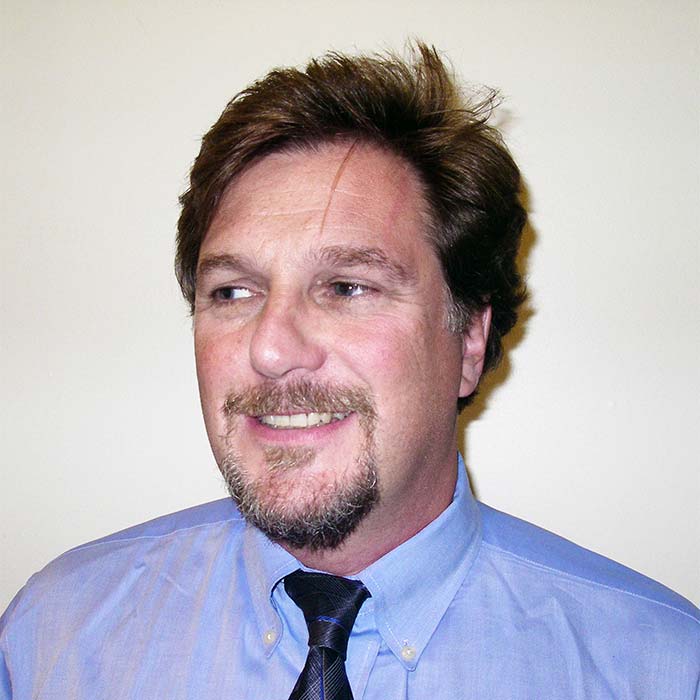
The different ways AKCVC can work with startups might best be illustrated through examples of its process in action. Berger is familiar with both sides of the equation. Before he took his role at AKCVC, he served as CEO of Crystal IS, a startup seeking investment funds. AKCVC answered its call, then later purchased Crystal IS, which makes deep-range ultraviolet (UVC) LEDs. Asahi Kasei acquired Crystal IS about 18 months after their initial investment, and Crystal IS continues to produce cutting-edge LEDs that are useful in a variety of applications, including surface disinfection to protect people from COVID-19.
Crystal IS fits the profile for another reason, too. As Berger has come to learn the types of companies that might make a good partner, he knows that AKCVC investors are looking for one key ingredient: deeply technical products that help solve complex problems.
“They’ve done hard things very well,” Berger said.
There’s a term in venture capital called “white space.” It refers to the idea of investing in and/or purchasing a company that has an entirely different business model or skill set than the investor. It’s the opposite of buying out a competitor. AKCVC, meanwhile, is somewhere in the middle. It doesn’t buy out competitors, nor does it expand into completely new territory. Berger instead describes the strategy as searching through the “grey area” for like-minded companies working on adjacent technologies that compliment Asahi Kasei’s big-picture approach.
Even still, there are different avenues for an introduction. In the case of eventual Asahi Kasei subsidiary Senseair, an Asahi Kasei technologist read about a product the company was making. He thought an Asahi Kasei infrared sensor might be complimentary to a CO2 sensor made by the Swedish company.
“I’d like to work with them, but I don’t know them,” the technologist told his coworkers at the CVC division. CVC employees worked to make a connection, traveling to Sweden to learn about the product. The technologist’s intuition was correct – the two companies were a great fit. About 18 months after an initial equity investment, the two sides agreed to allow Asahi Kasei to purchase Senseair.

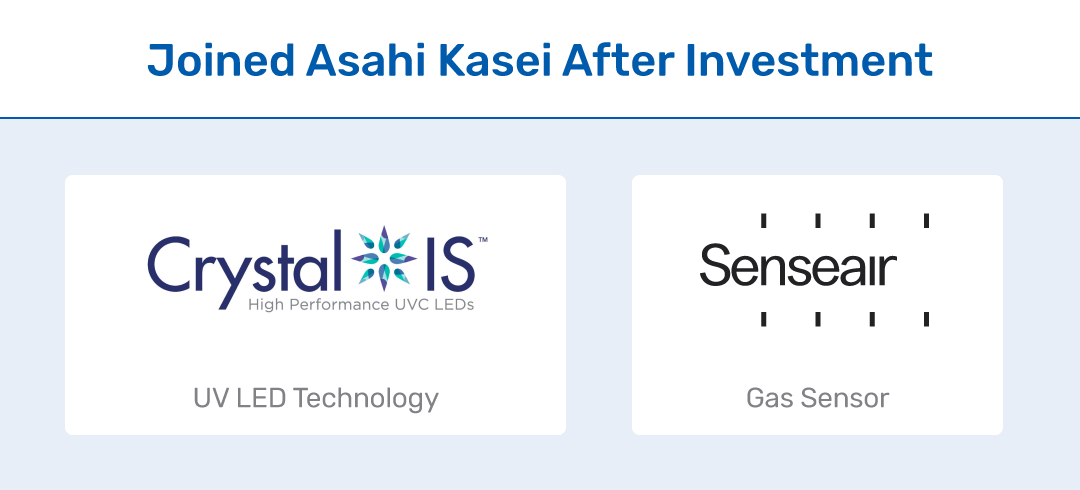
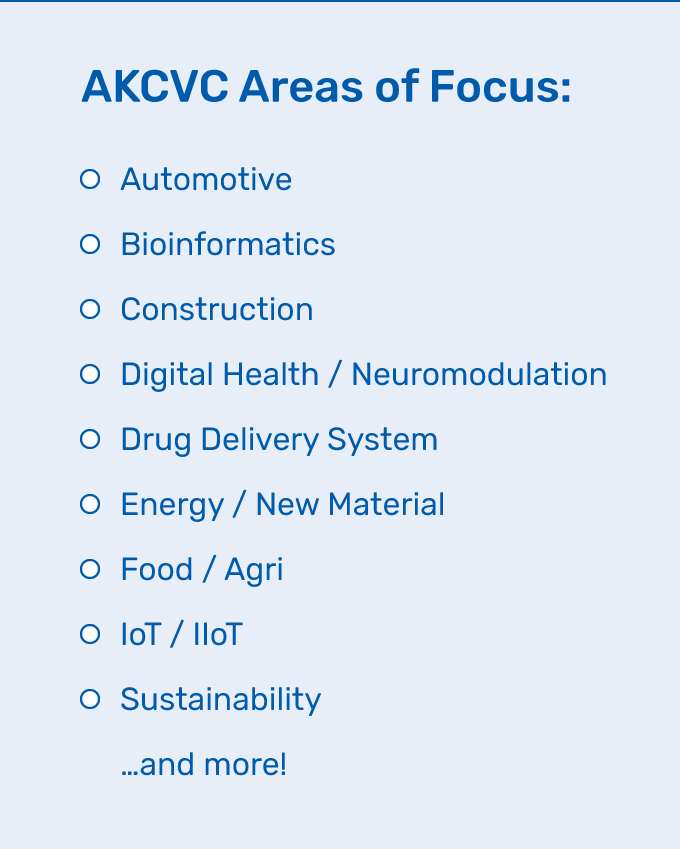
Another example is the AKCVC’s continued investment in Aryballe, a French company that makes an olfactory sensor, or a synthetic nose. Because Asahi Kasei is developing numerous sensors, Aryballe’s odor-sensing technology operated in parallel with other AK products. The French company’s product aligns with AK’s desire to play a role in the shared automotive market, for example, as the sensor may remotely alert the owner of a car that it needs to be cleaned because someone smoked in it. AKCVC continues its investments in Aryballe as it continues to learn how the two companies’ products can integrate.
When Asahi Kasei chooses to invest, the investment must come at a precise time to help both the investor and the investee. The commercialization process in the United States is divided into three investment stages:
The “search” stage – Universities and independent laboratories develop new technologies during the search stage and are typically funded with government subsidies.
The “development” stage – Once the technology has been demonstrated in the search stage, it will move to development. The focus here is on startups – funded by venture capitals – as they study the feasibility of technology, build prototypes and verify business models. AKCVC usually makes its investment in this stage of the process.
The “business” stage – When a large company acquires a startup that has survived the development stage, this is a business stage commercialization. Other times, an investor acquires a larger, established company – sometimes a competitor – to expand its business globally.
Asahi Kasei’s CVC is always scouting for technologies and businesses where a partnership might be mutually beneficial. Acquisitions are a goal, and the CVC’s early investment in developing companies has already led to two purchases. But it’s not the only goal, and developing better business models and processes is always helpful, even when a startup is acquired by a competitor, which has happened before.
No, it’s not always easy to invest in or buy a startup. But it can be a beneficial arrangement for all parties when a true partnership is formed. AKCVC always moves ahead with that goal in mind.
In related news: A UV Accelerator initiative is currently underway at Asahi Kasei and Crystal IS. The two companies will fund up to $250K per company to support and accelerate product development using UVC LEDs like those mentioned in this story. Crystal IS will also provide engineering expertise for the design and control of the UVC LED light source.